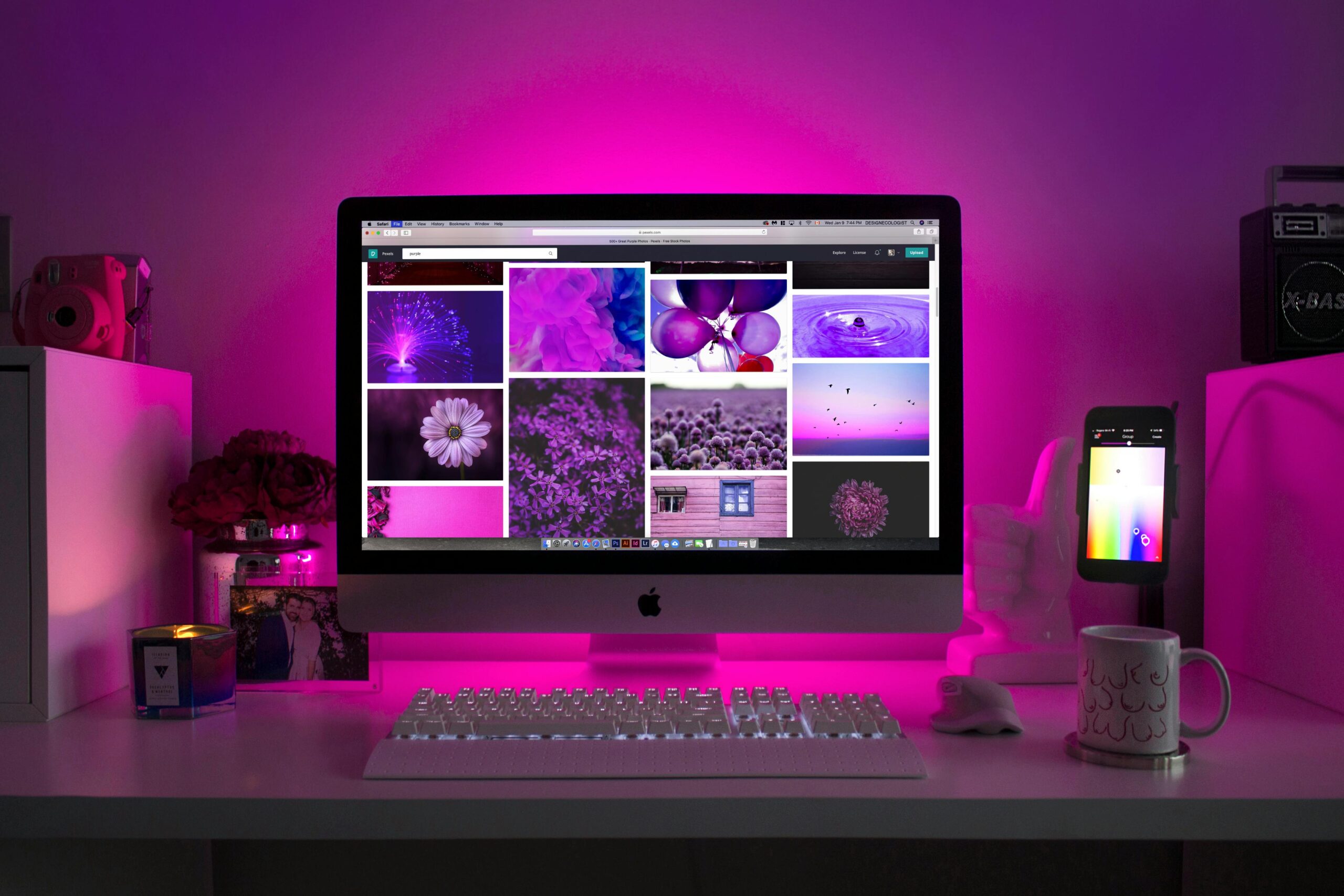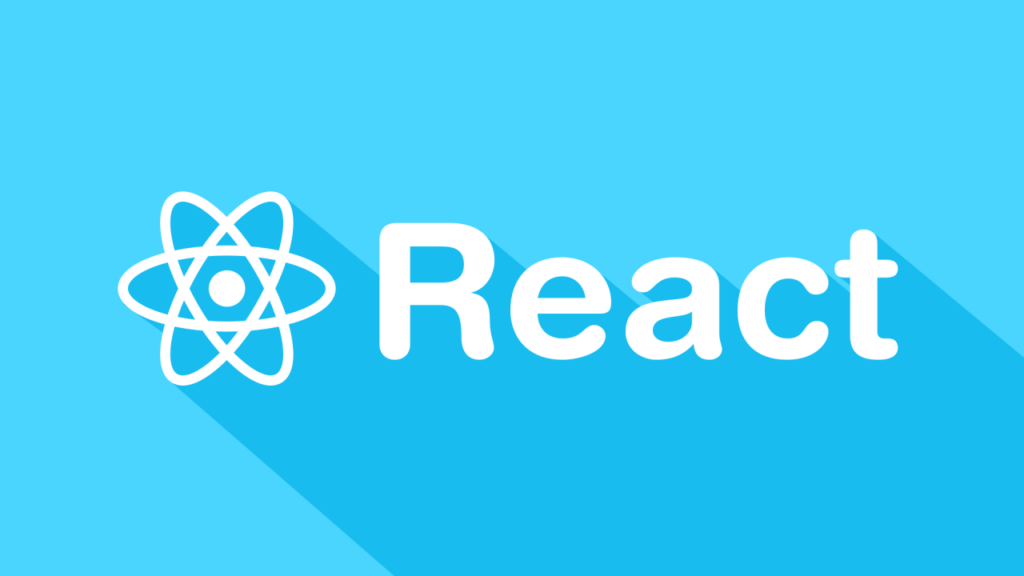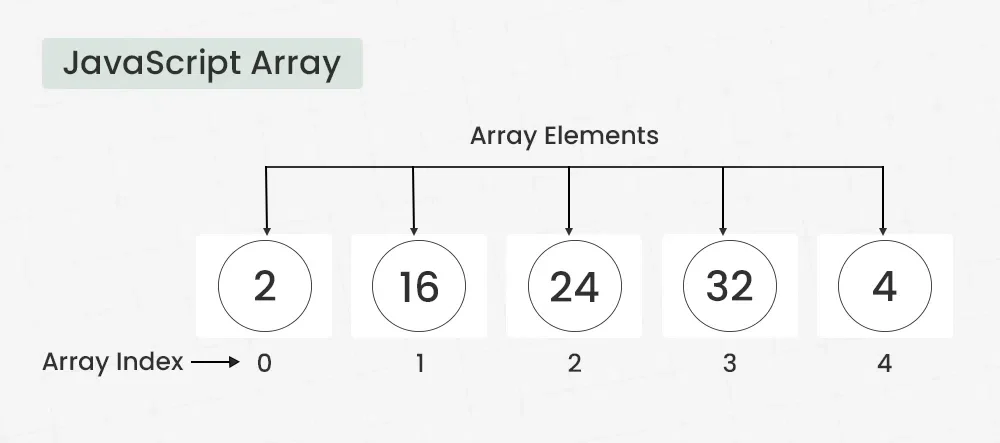Five Notable Web Design Trends in 2025
The landscape of web design trends in 2025 showcases a blend of cutting-edge technology, user-focused experiences, and sustainability. These trends redefine how websites engage, function, and contribute to a better digital ecosystem. Let’s explore the top web design trends in 2025 that are setting new standards in the industry.
1. Immersive 3D and AR Experiences
One of the most prominent web design trends in 2025 is the integration of 3D visuals and augmented reality (AR). These technologies create highly interactive and memorable user experiences, especially in industries like e-commerce and education.
- E-commerce Applications: Virtual product try-ons, such as AR-powered fitting rooms, enable customers to see how clothes or accessories will look before purchasing.
- Educational Platforms: AR allows students to engage with complex topics through interactive simulations, like virtual anatomy lessons or historical recreations.
This trend enhances engagement and usability, making it a cornerstone of web design trends in 2025.
2. AI-Powered Features
Artificial intelligence is transforming web design trends in 2025, offering smarter, faster, and more accessible solutions. AI tools are reshaping the way websites function, focusing on automation and personalization:
- Dynamic Content Personalization: AI analyzes user data to create tailored experiences, from personalized recommendations to adaptive layouts.
- Accessibility Enhancements: Features like automated alt-text for images and voice-guided navigation improve inclusivity for diverse user groups.
- Chatbots and Virtual Assistants: AI-driven chat interfaces provide real-time customer support, improving satisfaction and reducing response times.
AI’s integration is a vital element of web design trends in 2025, offering websites the ability to adapt to user needs effortlessly.
3. Sustainability-Focused Design
Environmental consciousness is a driving force behind web design trends in 2025. Websites are being optimized to minimize their digital carbon footprint, embracing eco-friendly practices like:
- Green Hosting Solutions: Using servers powered by renewable energy.
- Optimized Resources: Compressing images, reducing unnecessary code, and implementing streamlined designs to reduce data usage.
- Minimalist Aesthetics: Clean and simple layouts enhance performance while conserving energy.
This focus on sustainability ensures that web design trends in 2025 align with global efforts toward environmental preservation.
4. Neumorphism 2.0
Neumorphism 2.0 is revolutionizing interfaces by blending depth, tactility, and minimalism. As a key element of web design trends in 2025, this design approach is especially impactful for industries that value usability and aesthetic appeal:
- Fintech Platforms: Neumorphic designs elevate user dashboards with intuitive and visually appealing elements.
- Smart Device Interfaces: Home automation controls utilize soft shadows and gradients for an engaging, tactile experience.
Neumorphism 2.0’s seamless blend of realism and simplicity makes it a standout among web design trends in 2025.
5. Voice and Mobile-First Experiences
With the dominance of mobile devices, web design trends in 2025 prioritize mobile-first approaches and voice-activated interactions. Websites are being optimized to ensure accessibility and convenience for users on the go:
- Responsive Designs: Adapting layouts to fit various screen sizes and orientations seamlessly.
- Voice Commands: Enabling voice-activated navigation for users, enhancing usability and accessibility.
- Progressive Web Apps (PWAs): Delivering app-like performance, offline access, and fast loading times directly from browsers.
This trend reinforces the importance of designing for mobile-first and voice-enabled interactions, ensuring relevance in the digital age.
Conclusion
The web design trends in 2025 mark a significant evolution in how websites are created, experienced, and optimized. These trends highlight a shift toward more immersive, inclusive, and sustainable designs that cater to the diverse needs of modern users. Businesses and developers are leveraging advancements like AI, AR, and responsive design to build websites that go beyond aesthetics, delivering functionality and value at every touchpoint.
The integration of 3D visuals and augmented reality is redefining engagement, allowing users to interact with products and content in unprecedented ways. Meanwhile, AI-powered features are setting new standards for personalization and automation, ensuring that websites are smarter and more user-centric than ever. These tools make it possible to create adaptive content, streamline accessibility, and provide real-time assistance, all of which enhance the overall user experience.
At the same time, the industry’s focus on sustainability is not just a trend—it’s a necessity. By adopting eco-friendly hosting, optimizing resources, and embracing minimalist design, websites are playing their part in reducing the digital carbon footprint, aligning with global environmental goals. Trends like Neumorphism 2.0 bring innovation to design aesthetics, blending functionality and beauty, while mobile-first and voice-driven strategies prioritize accessibility, catering to users’ evolving habits and needs.
By staying informed and embracing these web design trends in 2025, businesses can future-proof their digital presence. The competition for user attention is fiercer than ever, and adopting these trends is essential to standing out in a crowded digital landscape. Whether through immersive experiences, smart AI-driven interactions, or sustainable practices, the opportunities for innovation in web design are boundless. These advancements pave the way for creating not just functional websites but platforms that resonate with users, drive engagement, and build lasting connections.
Ultimately, web design trends in 2025 signify more than just new tools and aesthetics; they represent a deeper commitment to creating meaningful, accessible, and sustainable digital experiences. As these trends continue to shape the future, they offer exciting opportunities for businesses, developers, and designers to push the boundaries of what websites can achieve. The future of web design is here, and it’s more dynamic, inclusive, and impactful than ever before.






